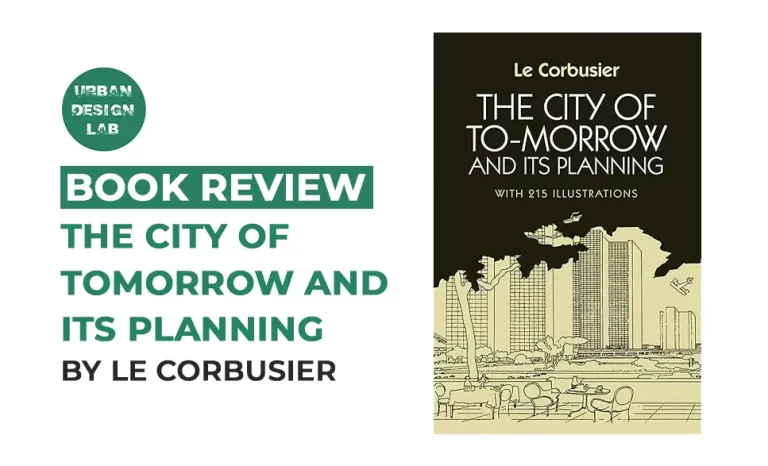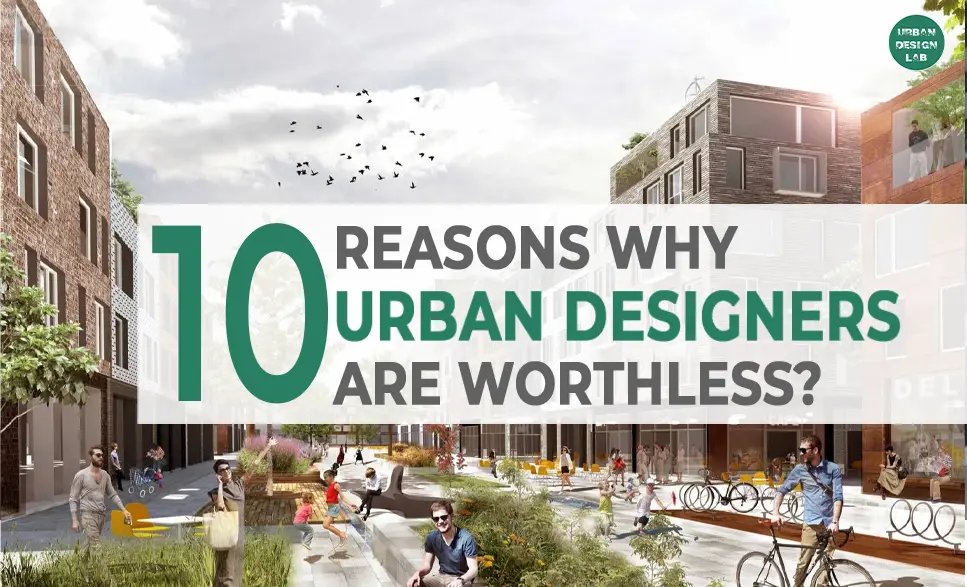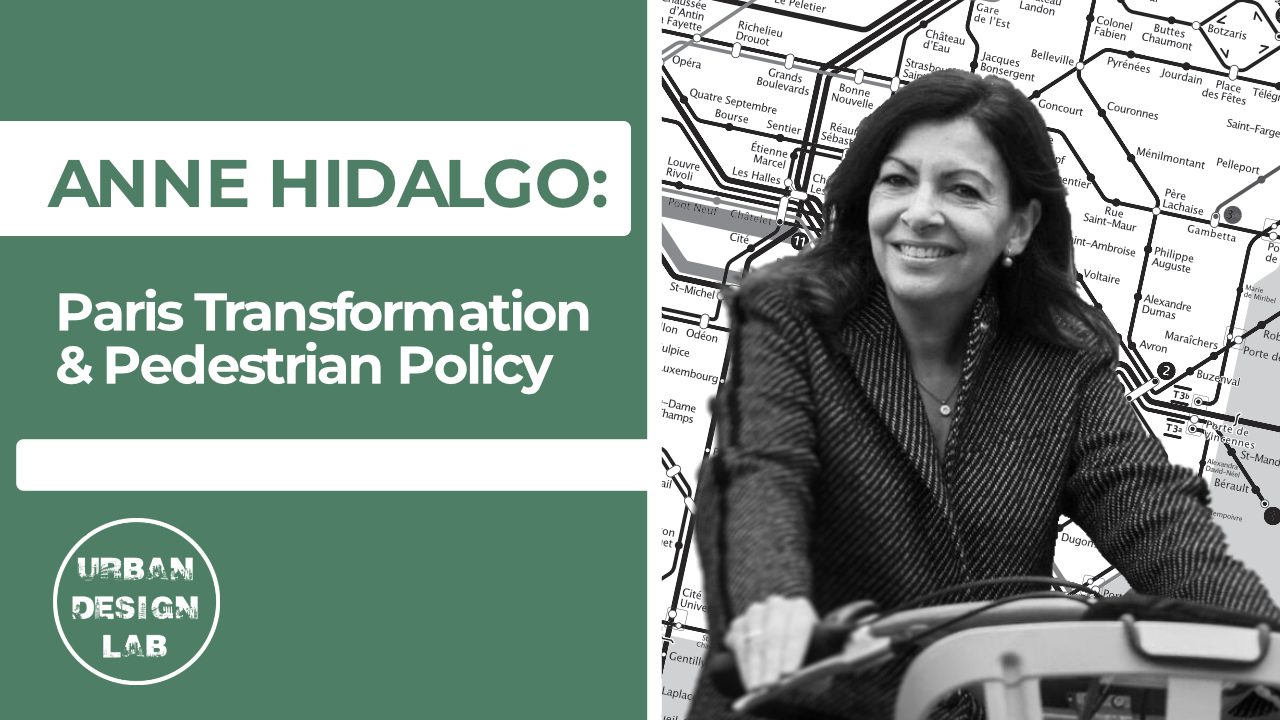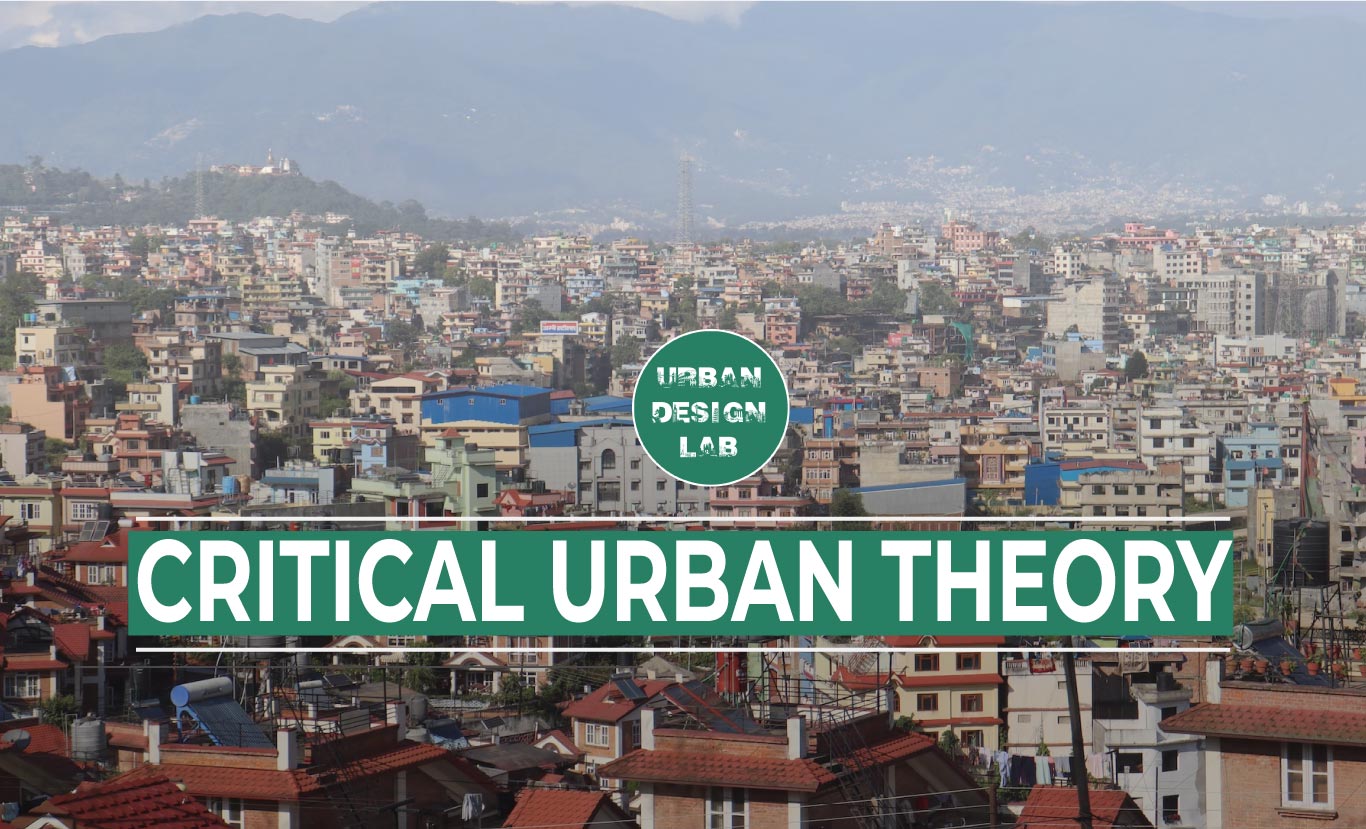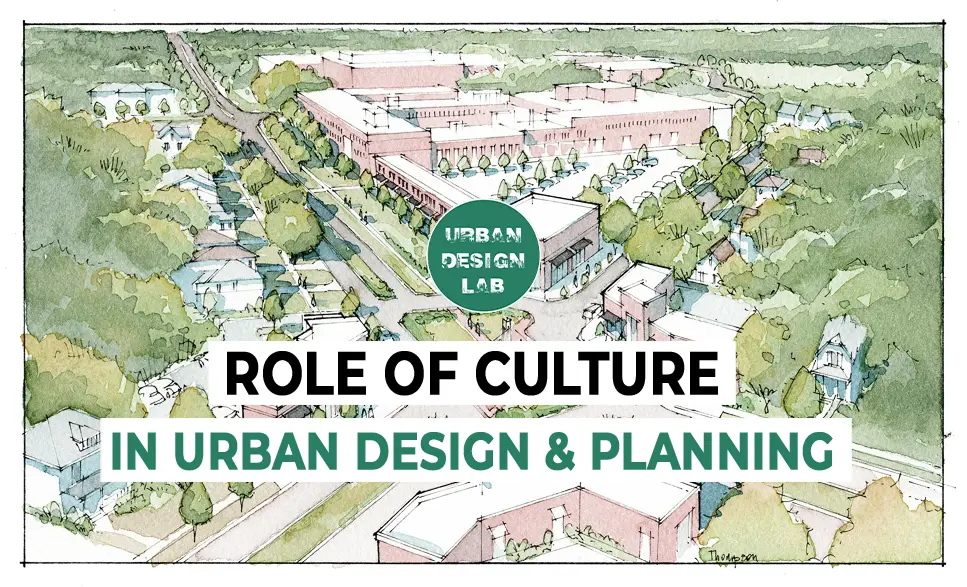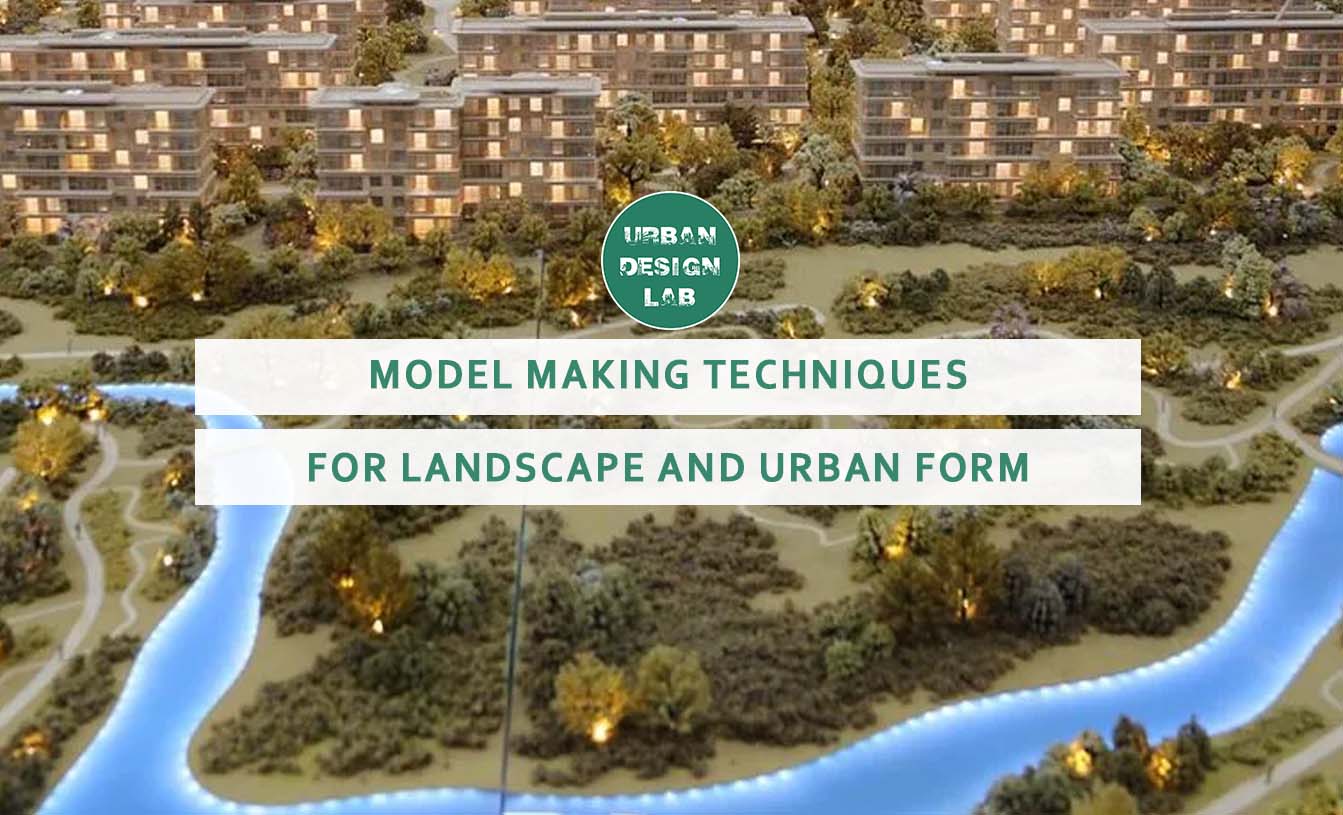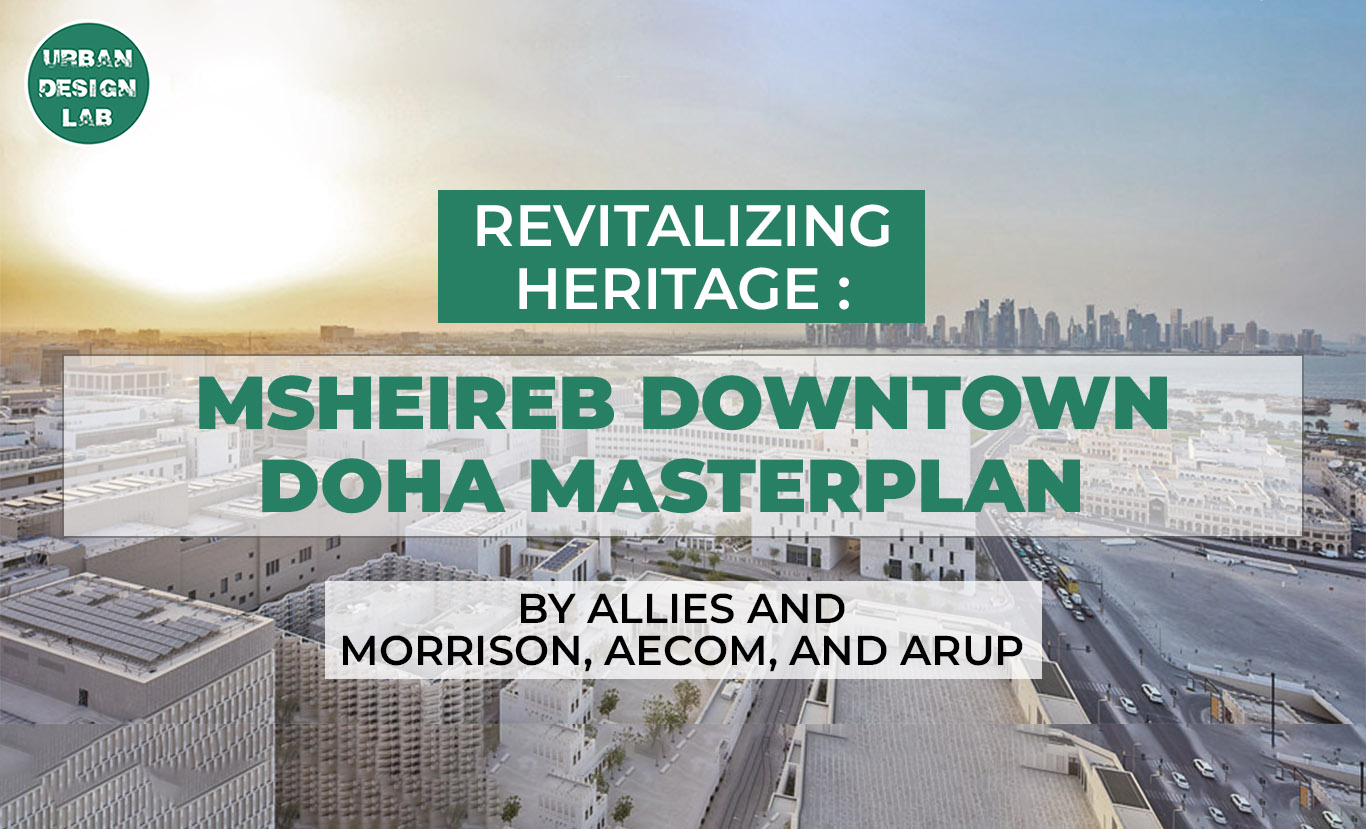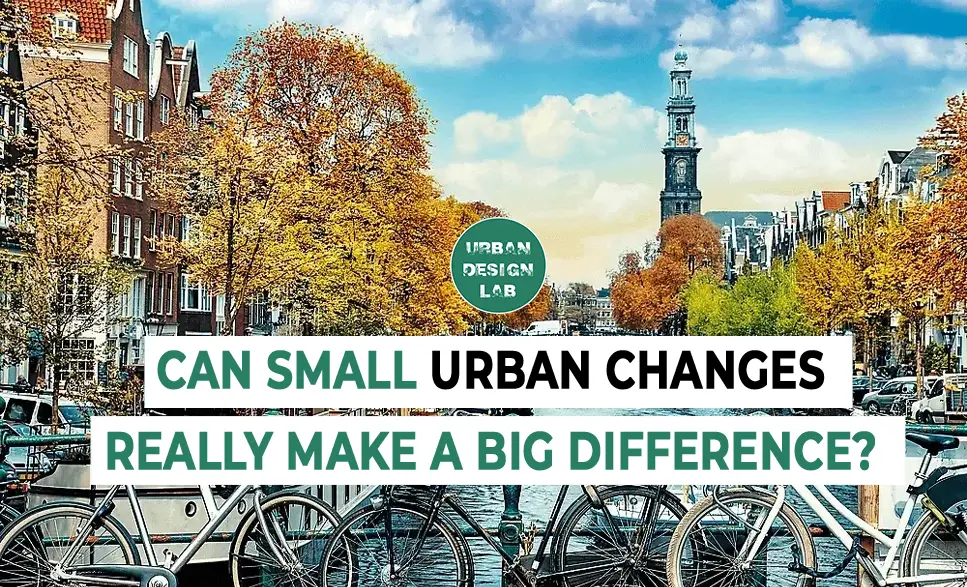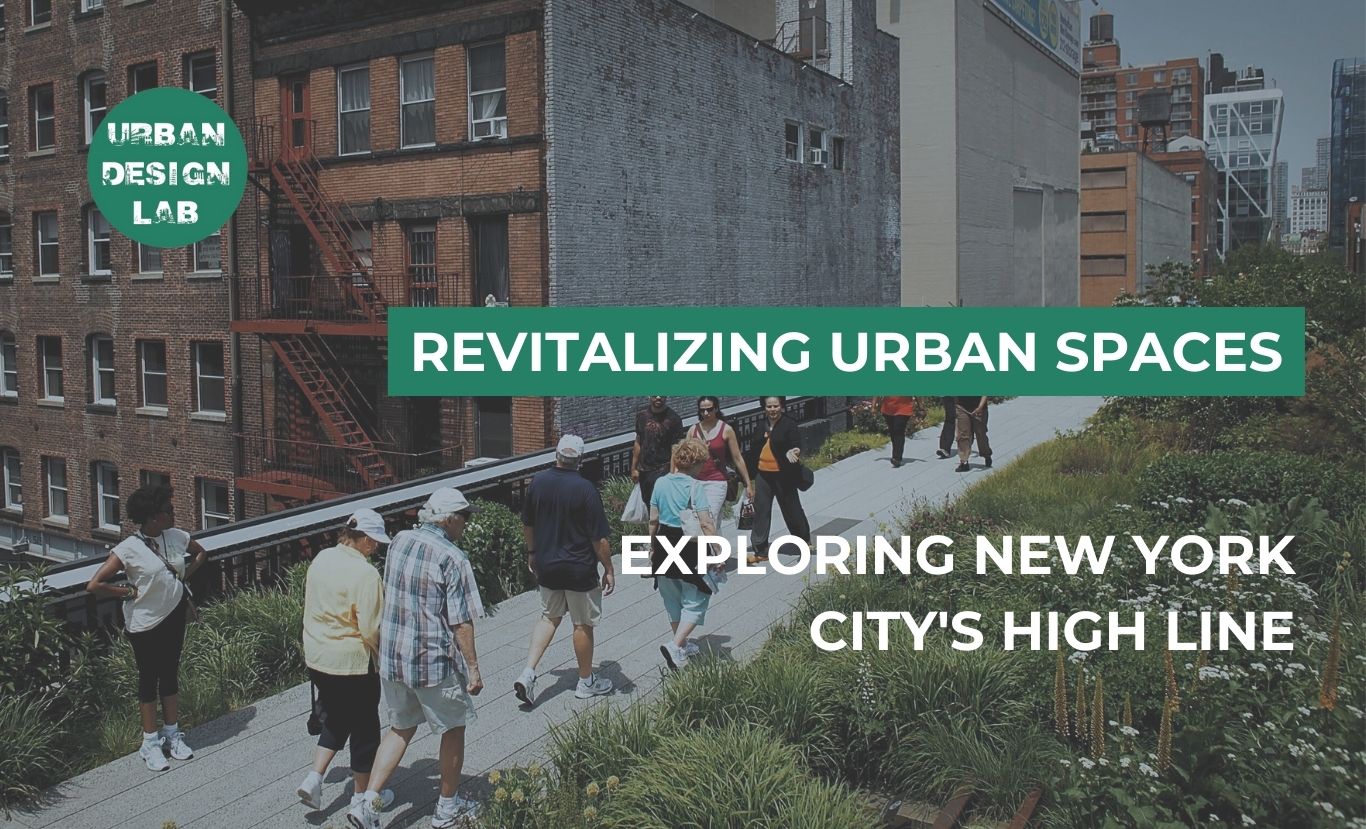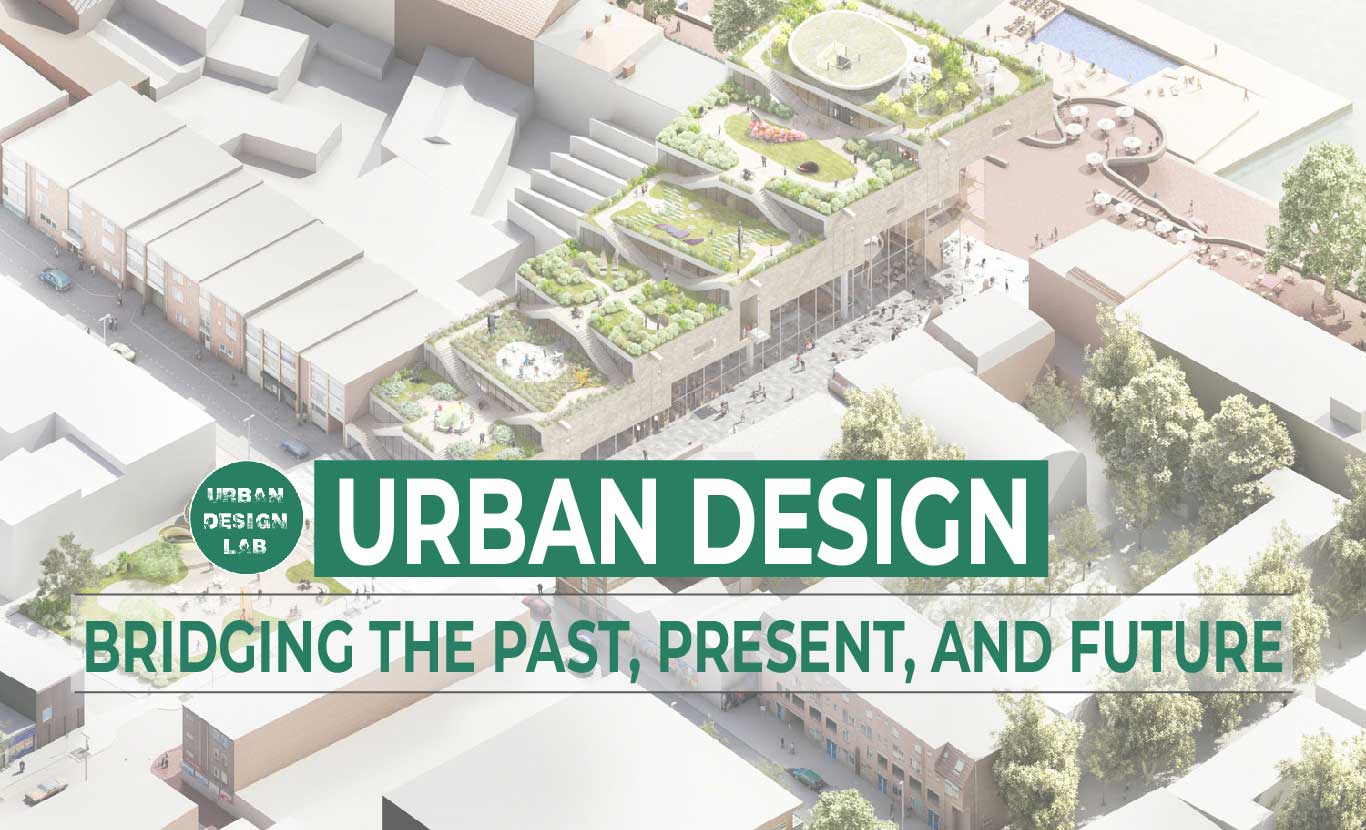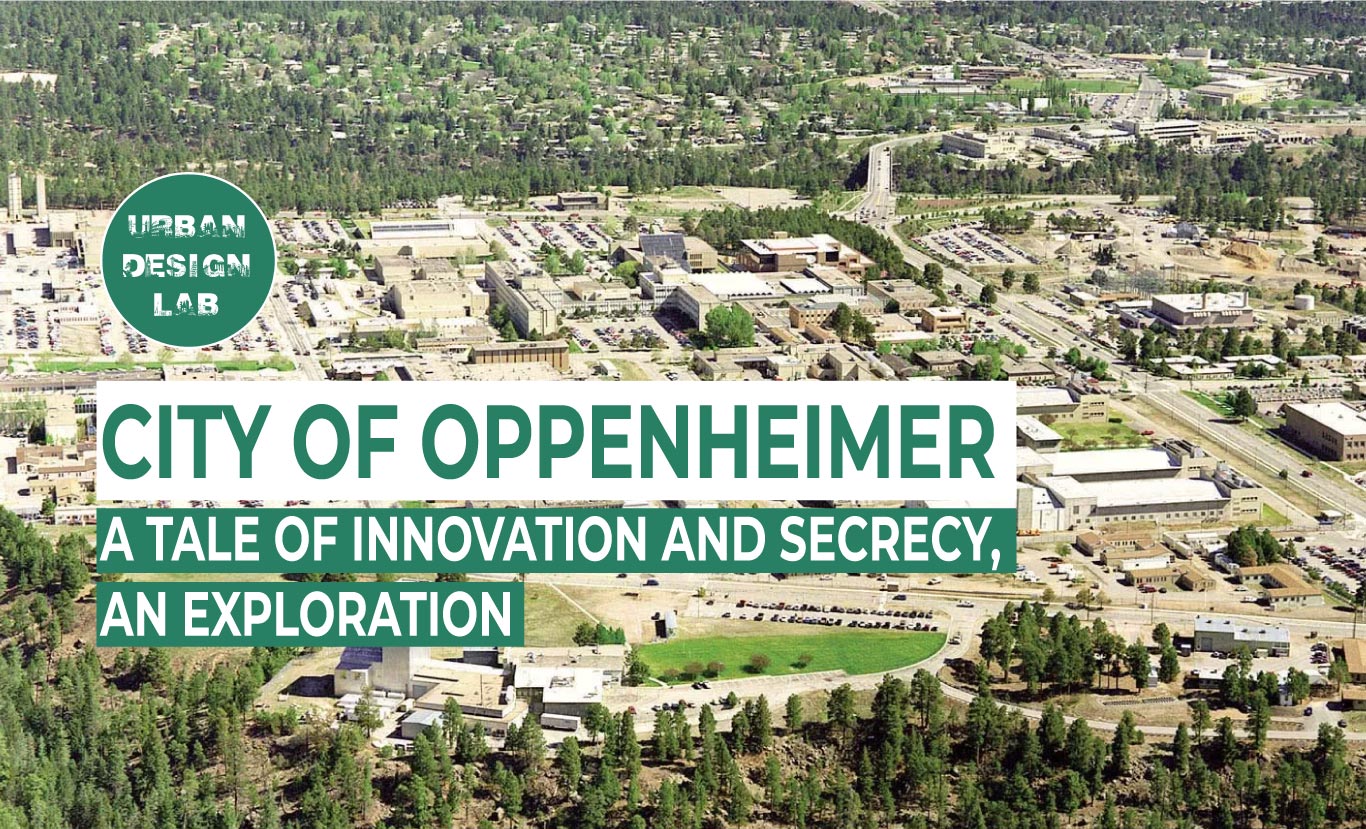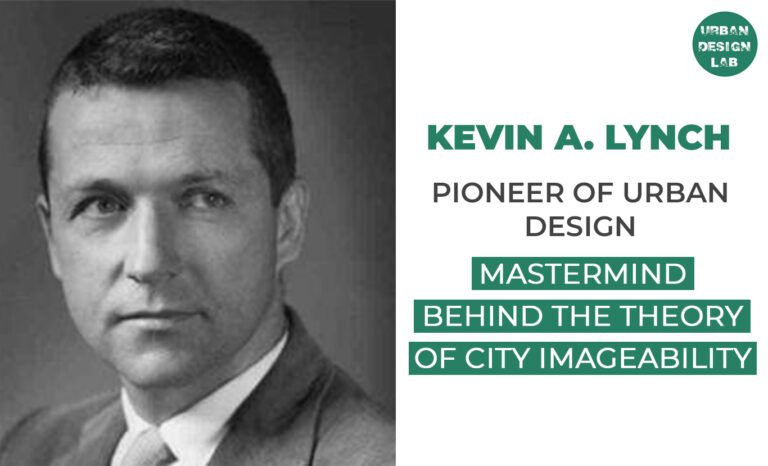
Book Review: The Image of the City by Kevin Lynch

Introduction
Kevin Lynch was an American urban planner and author whose writings focused on the complex relationships between humans and their cities. Trained at the Massachusetts Institute of Technology, Lynch’s legacy centers around his empirical research efforts into how humans perceive, navigate, and experience the built form, a term he famously coined the mental image. He presents his research in his most famous work The Image of the City. This article will attempt to summarize and reflect on the themes he explores in this work. Kevin Lynch’s contributions to way-finding and the temporality of urban design have greatly shaped contemporary discourse on how humans experience their cities – both actively and subconsciously.
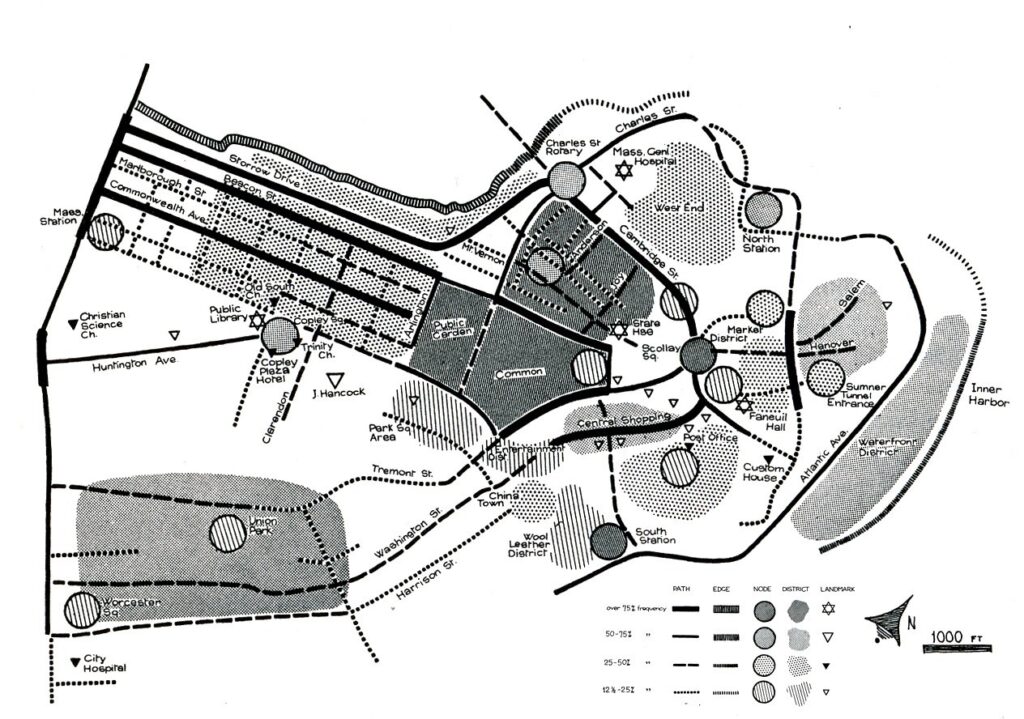
The Image of the City was a product of Lynch’s five-year research project on three American cities and their residents: Los Angeles, Boston, and Jersey City. The study was conducted to identify patterns in how residents navigate and experience their respective cities, effectively forging their own mental images, to isolate key elements in the shaping of these images.
It is important to contextualize Lynch’s study in his belief that a city and its inhabitants are locked in a perpetual mutual evolution with no final destination, deeply rooted in historical, cultural, civic, and urban developments over time. These two parties are inextricably linked, one feeding and receiving from the other:
“At every instant, there is more than the eye can see, more than the ear can hear…Nothing is experienced by itself, but always in relation to its surroundings, the sequences of events leading up to it, the memory of past experiences.” (Lynch, 1960, p. 1)
The Mental Image
Lynch frames this complex relationship through his idea of the mental image, or how a place is perceived, experienced, and remembered. In his research, he detailed three key characteristics of a place that inform its perceived mental image.
The first one, legibility, pertains to the “ease with which its parts can be recognized and can be organized into a coherent pattern” (Lynch, 1960, p. 2-3). When places are legible, they offer an inherently consistent and ordered environment, one that anchors one’s mental image and allows one to navigate securely. The image is borne out of a mutual understanding between place and person, which heightens the depth of one’s experience. The second characteristic pertains primarily to one’s emotional attachment to a space and is further divided into three sub-elements: identity, the ability of a place to remain independent from its surroundings; structure, the contextual patterns and structures a place is situated within; and meaning, one’s personal attachment to a place. These elements contribute not only to one’s ability to feel secure and comfortable. The third characteristic is imageability which pertains to the physical character of a place and how well it evokes a strong image. These physical markers can help shape the depth of our understanding of our spaces.
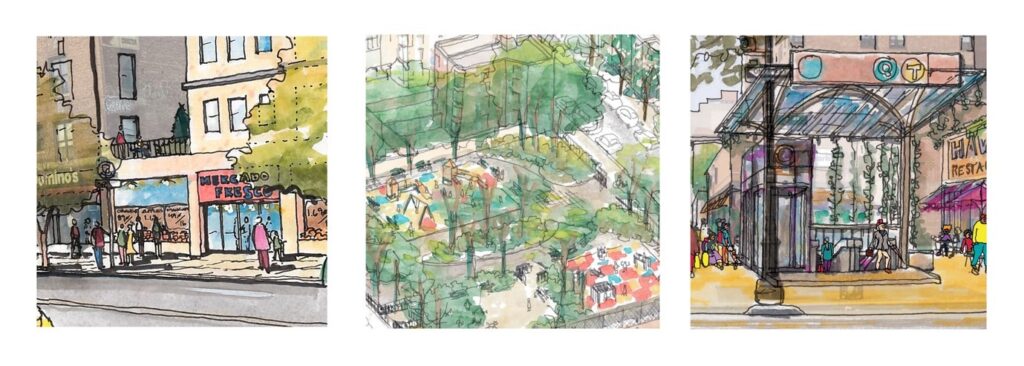
While these elements aid in understanding these images, the actual formation of the mental image hinge on us – we are co-creators in the evolution of our cities. Lynch makes it clear by detailing that, “we are not simply observers of this spectacle, but are ourselves a part of it, on the stage with the other participants” (Lynch, 1960, p. 2). The coherence of our surroundings, our familiarity and attachments to space, and the physical attributes that aid in our wayfinding all amount to each of our perceptions of our lived spaces – the individual image. These are the “product both of immediate sensation and of the memory of past experience” (Lynch, 1960, p. 4). These personal images, ever-evolving, are how we grow alongside our cities and equip us with the tools to deepen our understanding of our surroundings and challenge us to take an active role in shaping them.

The Five Elements
These individual images can be analyzed to produce group images – the prevailing patterns, perceptions, and experiences within a space carried by majority of its inhabitants. These group images are important in understanding a city’s current cultural themes, identity, character, as experienced by its residents. Therefore, as these group images provide a glimpse into public consensus, they are an important tool for us, as urban designers, planners, and architects, to contextualizing space and designing for supportive and purposeful change. These group images are formed by important elements within the urban fabric. The subsequent paragraphs will detail the character, function, and purpose of the five elements.
1. Paths
Paths are the channels along which the observer moves, circulates, and navigates through. From streets, walkways, transit lines, canals, railroads, and bridges, paths are the routes we traverse in our everyday that are often undervalued, seemingly peripheral to our experience, but whose influence greatly shapes our perception of our cities. It is through these paths that we situate the other elements – they are the framework in which the other elements are arranged and experienced.
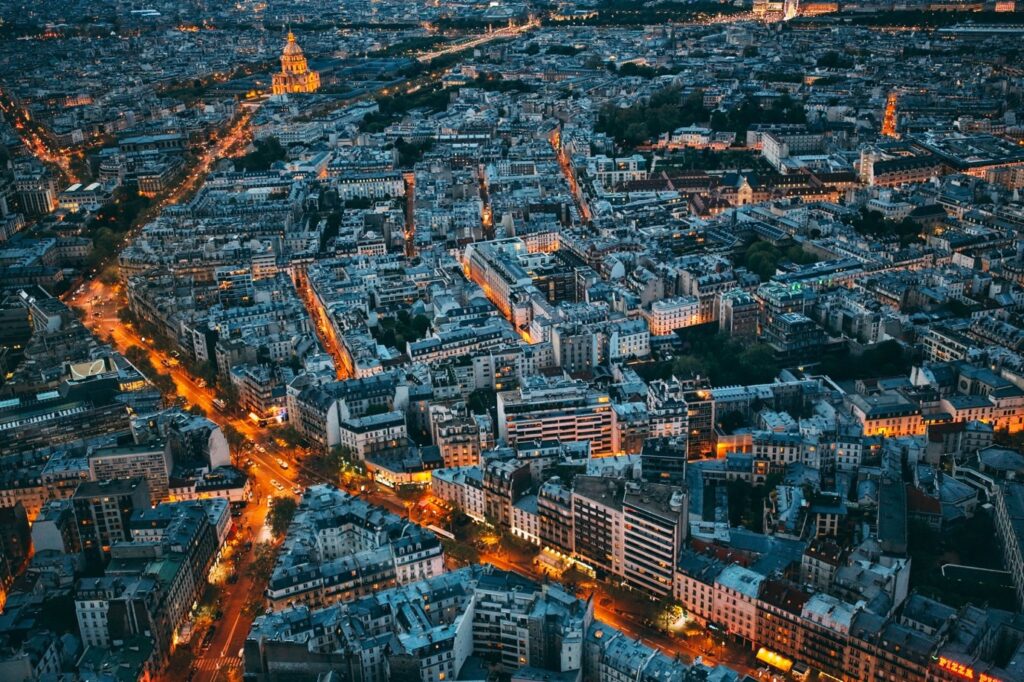
2. Edges
Edges are elements that delineate between one space and another. These spaces are often of special significance because they are points of discontinuity in the urban fabric. From shores, railroad cuts, edges of development, and walls, these elements signal change – the end of one region and the start of another. These spaces can manifest in a stark break or a point where the two regions coalesce. These elements of change make lasting impressions on the group image and provide deeper context to a person’s experience.

3. Districts
Districts are large sections of the city pulled together by a central, identifying character. These two-dimensional elements are most apparent when experienced from the inside (while still recognizable when viewed from the outside) and whose urban experience offers features, atmosphere, or opportunities unique to itself. Lynch explains that most people perceive their cities as a series of districts and whose images are greatly shaped by unique spatial identity.
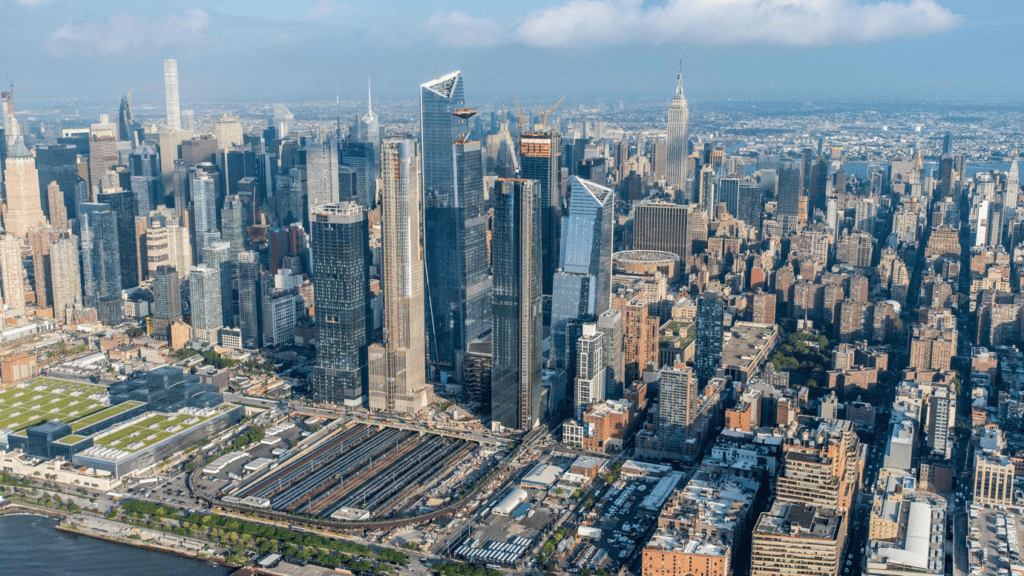
4. Nodes
Nodes, also termed cores, are the central foci which characterize its immediate vicinity. Lynch details two main types of nodes: junctions and concentrations. Junction nodes signify the convergence of elements (e.g. crossroads, moments of shift from one structure to another, transportation hubs, etc.). Concentration nodes are defined by the use or physical character they house and are most known for (e.g. Broadway). These spaces stand as a symbol to its inhabitants and rely on their engagement. Nodes can be hard to define and can exist within the other five elements – nodes in districts can exist within their polarizing center, while nodes in paths can exist at their convergence.
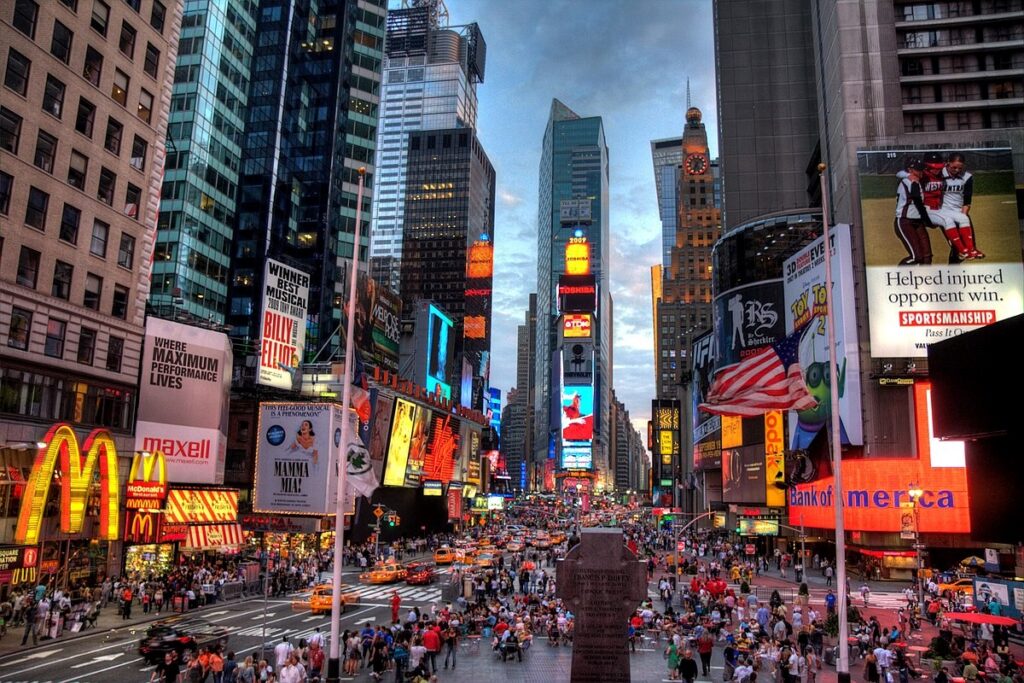
5. Landmarks
Landmarks are the last of the five elements and are somewhat set apart from the rest. Instead of relying on inhabitant experience to form the mental image, these external, physical features provide a reference point to its surroundings. While these can differ in scale, these physical elements, through their color, detail, size, or distinct character, can help situate a person in the space and greatly aid in wayfinding. Common examples can be buildings, storefronts, facades, trees, urban structures, etc. These contribute to the image by creating identifiable monuments that demarcate the space and illuminate its surroundings.
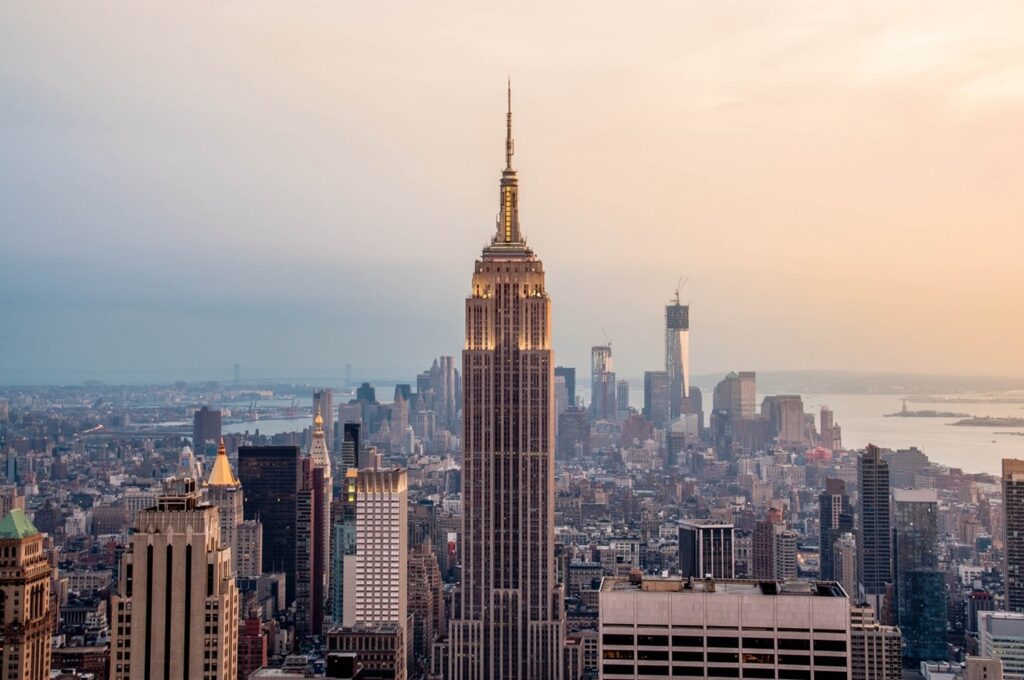
Empowering the Image of Our Cities
These five elements of the mental image – paths, edges, districts, nodes, and landmarks – are, as Lynch puts it, merely the “raw materials” involved in shaping the image. The next and most important step is, therefore, to refine these into “complexes” – the overarching system produced through harmony among the elements. The true culmination of the mental image is born from how these five elements interrelate to create a unified urban experience. This series of refinements is an ever-moving process to optimize the harmony between the city, its elements, and its inhabitants. This process has wide implications both in our roles as inhabitants and as city planners:
As inhabitants, an awareness of these elements and how they interrelate can deepen our experience of our built spaces, even those we are most familiar with. When our mental image of our spaces is strong, our experience deepens, we feel comfortable, secure, and powerful. These feelings create a sense of ownership that keeps us engaged with our cities and challenges us to fight for its character. Thus, these mental images are important in building relationships with our cities as well as our communities. It can be a powerful tool to mobilize community efforts.
As urban designers, we are bestowed the power to alter and curate the group mental images of our cities. But this power comes with a duty to make good for our cities and their inhabitants. Therefore, the first step must be one rooted in gentleness, to thoughtfully and purposefully map out the group images that exist in our cities. Our design proposals must support and empower these existing images as opposed to replacing them with our own visions. The process of image-building is complex and carefully evolves over time, a product of generations of experience. This process must be respected to promote cities that are robust, community-led, and rich in character.
About the Author
Ivanne Cheng is currently a student at the University of Sydney pursuing a Masters in Urbanism specializing in Urban Design. He wants to help shape cities towards becoming more thoughtfully designed, environmentally sustainable, and reflective of the needs of their inhabitants. He enjoys hiking, playing Smash Bros., Jiu-Jitsu, and giving his two dachshund dogs the attention they deserve.
Related articles
UDL Illustrator
Masterclass
Visualising Urban and Architecture Diagrams
Session Dates
17th-18th January 2026

Urban Design Lab
Be the part of our Network
Stay updated on workshops, design tools, and calls for collaboration
Curating the best graduate thesis project globally!

Free E-Book
From thesis to Portfolio
A Guide to Convert Academic Work into a Professional Portfolio”
Recent Posts
- Article Posted:
- Article Posted:
- Article Posted:
- Article Posted:
- Article Posted:
- Article Posted:
- Article Posted:
- Article Posted:
- Article Posted:
- Article Posted:
- Article Posted:
- Article Posted:
Sign up for our Newsletter
“Let’s explore the new avenues of Urban environment together “



